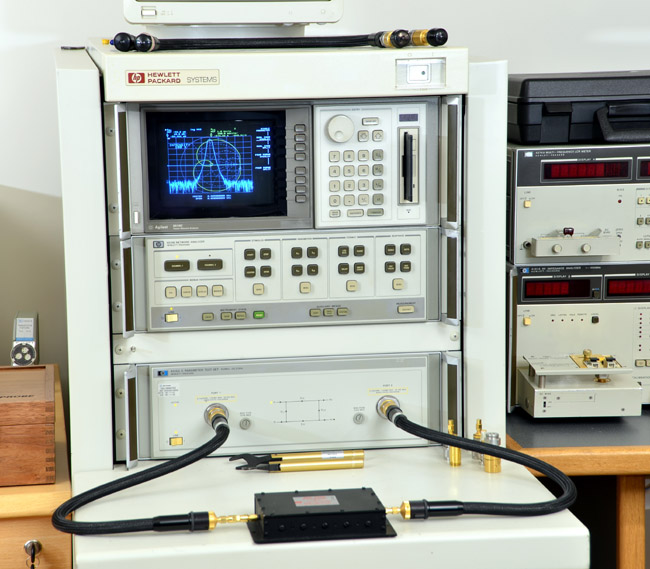
- #How to use eclipse memory analyzer how to#
- #How to use eclipse memory analyzer android#
- #How to use eclipse memory analyzer code#
- #How to use eclipse memory analyzer free#
#How to use eclipse memory analyzer code#
We recommend you apply the first solution to your code because it was tested in our system before posting it on this page.
#How to use eclipse memory analyzer free#
Note: You are free to use these solutions for your personal use.
#How to use eclipse memory analyzer how to#
See for examples.Īnd some more detailed info on how to convert DDMS heap dumps so you can view them in Eclipse Memory Analyzer and find your leaking objects via the dominator tree tooling: In that way you have less verbosity when analysing the traces in for example traceview. If it helps, you can enable profiling over local areas of code by using the Debug API. by bitmaps in your app) via Debug.getNativHeapAllocatedSize(). You can see the native heap that’s been used (i.e. When both native and app heap adds up to 16MB / resp. Nevertheless, these resources also need to be taken into account when checking for memory leaks. It doesn’t show the native heap that external resources such as bitmaps are allocating. Note that in DDMS you can see the heap that your app is using.

You can open this hprof with Eclipse MAT or other tools are:īeside DDMS you can also create the hprof from you app/code (only newer SDKs) via Debug.dumpHprofData(.)
#How to use eclipse memory analyzer android#
The heap dump of the dalvik VM needs to be converted to regular hprof format using the hprof-conv.exe converter tool in the tools directory of the Android SDK. This is only supported I think with the 1.6+ or 2.0+ SDK. On the toolbar there is a heap dump button that you can use to generate a heap dump to view in Eclipse memory analyzer. When you debug your app, open DDMS in Eclipse.

If you still getting this error after applying this code then comment below we will get back to you with the new method.

You just have to apply the suggested solution to your code and it will do for you. This is a common error many developers questioned us about it. I downloaded and installed eclipse memory analyzer, and it looks like the first step is to open a heap dump.īut what is a heap dump, how can i create a heap dump.Īnd how exactly am i going to use this software, I did some googling but i couldn’t find any useful information I need to check my application for memory leaks, i also need to see the memory allocation of my application.

Get an overview of biggest object by memory in a pie chart.If the objects holds a significant percentage of memory, user may go ahead to drill down by these objects.All we need is a simple explanation of the problem, which is provided below. Therefore this class could be the reason for memory leak.Ī) Find the objects with large retained heap.ī) Right click java collection -> collection fill ratio -> generate report.Ĭ) Empty array takes space in the memory and too many empty array can cause the issue. These suspects provide you the overview of the leak.User needs to drill down further to find the root cause.Ī) Open histogram and sort the classes by retained heap.ī) Objects having large retained heap are suspect.Ĭ) Right click on these object and select list object by incoming reference.Į) Expand the tree and find the objects with more retained heap and less shallow heap.į) These objects are the culprit should be freed during the GC.Ī) Open dominator tree and group objects by class/package to narrow down search on a class/package.ī) Expand dominator tree to find out the objects having large retained heap and percentage of acquired memory.Ĭ) Right click on these objects and go to path to GC rootĭ) Find out which objects are holding reference to these objectsĮ) These objects are the culprit which are holding unnecessary references.įrom overview select the duplicate classes which were loaded by multiple class loaders.If the same is class is loaded multiple time, it will have more memory allocated to it. MAT may give you suspect which is taking more memory on application. It’s very difficult to analyse memory of the application.Eclipse MAT tool is very useful to analyse heap dump to find memory leaks.Eclipse MAT tool is explained in following articles.īefore proceeding to analyse heap dump user should have knowledge of memory leak, heap dump, Shallow vs retained heap and dominatore tree.ġ : Check the memory graph for continuous increme.nt during the load test.Ģ : Acquire Heap dump by using various methods.ģ: Open heap dump in MAT and Run leak suspect report to find out the leak suspects. If the application is complex and running for long time,it may contain large set of objects and references.


 0 kommentar(er)
0 kommentar(er)
